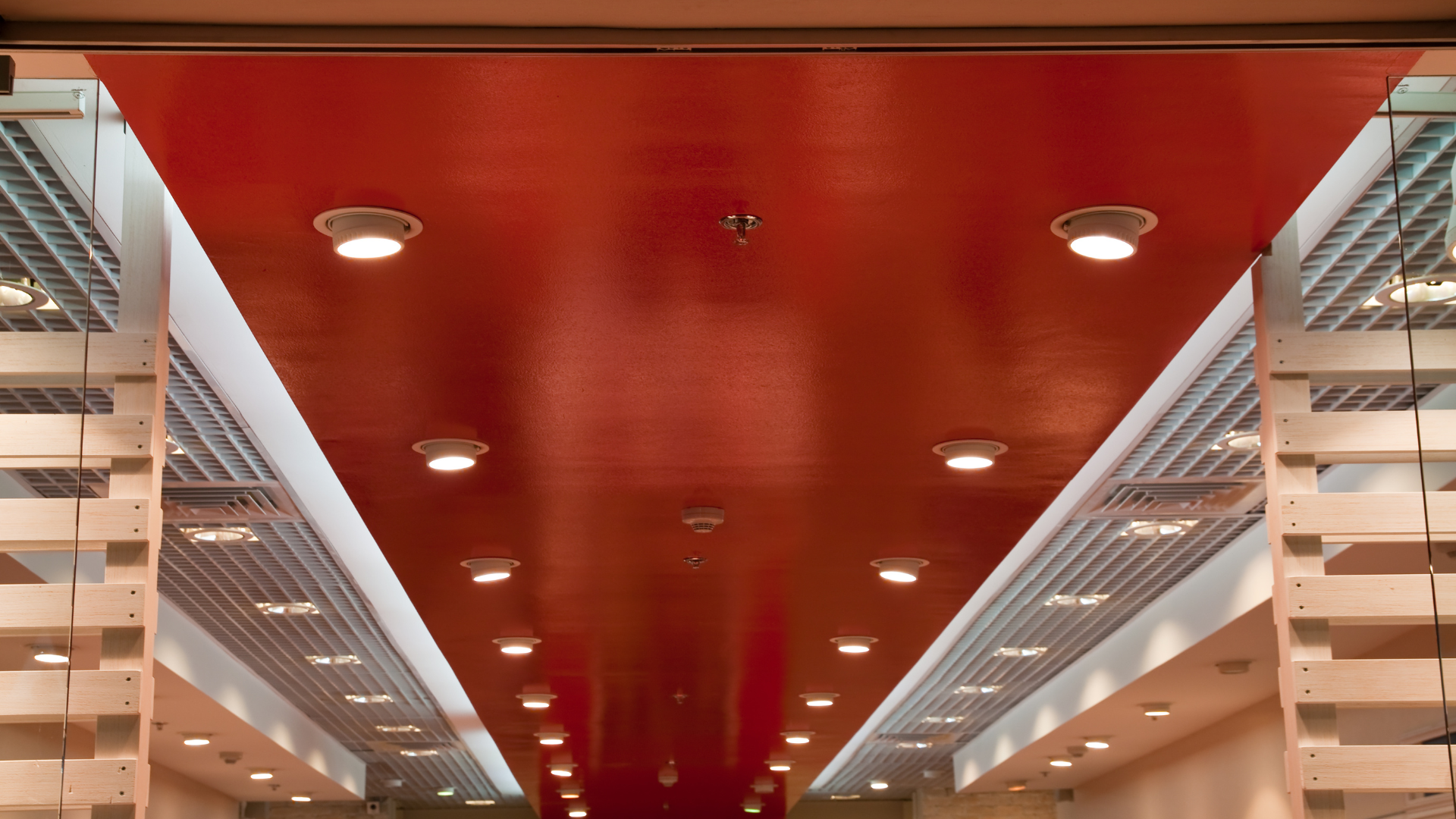When it comes to choosing the right ceiling for your space, the decision often boils down to two options: metal ceilings or traditional ceilings. Each offers distinct advantages, from aesthetics to durability. In this post, we’ll explore the pros and cons of metal ceiling panels and traditional ceiling materials, helping you decide which one is better for your home or office.
What Are Metal Ceilings?
Metal ceiling panels are made from materials like aluminum, steel, or tin and are often installed in a grid or suspended from the ceiling structure. They come in various styles, from sleek, modern designs to more ornate,decorative ceilings. Some metal ceilings also featureperforated metal ceiling panels, which enhance acoustics and improve ventilation.
What Are Traditional Ceilings?
Traditional ceilings are typically made from materials like drywall (gypsum), plaster, or wood. These are common in residential and commercial spaces and can be painted or textured to match various design preferences. While they are more common than metal ceilings, their durability and functionality can vary depending on the materials used.
Comparing Metal Ceilings vs. Traditional Ceilings
1. Durability and Longevity
- Metal Ceilings:Metal ceiling sheets are known for their durability. Materials like aluminum and steel are resistant to moisture, rust, and pests, which means they last much longer than most traditional ceilings. They also don’t warp or crack over time, making them an excellent choice for areas with high humidity or extreme temperatures.
- Traditional Ceilings: Drywall and plaster ceilings are susceptible to damage from water, humidity, and everyday wear and tear. Over time, they may develop cracks, stains, or mold, requiring repairs or replacement. Wood ceilings, while visually appealing, can also be prone to moisture damage and may require more upkeep.
Winner:Metal Ceilings are the clear winner in terms of durability and longevity.
2. Aesthetic Appeal
- Metal Ceilings:Metal ceilings offer a sleek, modern look, which can range from minimalistic to intricate designs withdecorative ceiling panels.Perforated metal ceiling panels can add texture while enhancing both the aesthetic and functional qualities of the ceiling. Metal ceilings are also available in various finishes, including brushed aluminum, painted steel, and copper, giving you plenty of design flexibility.
- Traditional Ceilings: Traditional ceilings, such as those made from drywall, plaster, or wood, offer more versatility in terms of finishes and customization. They can be painted, textured, or even fitted with crown molding for a classic, homey feel. For a rustic or classic look, wood panel ceilings can create warmth that metal panels typically don’t provide.
Winner:Traditional Ceilings offer more design flexibility for homeowners looking for a classic or warm aesthetic, whilemetal ceilings are perfect for a modern or industrial look.
3. Cost
- Metal Ceilings: The initial cost ofmetal sheets for ceilings can be higher than traditional materials. However, this cost is often offset by the durability and low maintenance required over the long term. Once installed, metal ceilings rarely need to be repaired or replaced, making them a cost-effective option in the long run.
- Traditional Ceilings: Traditional ceilings tend to have a lower upfront cost, particularly with materials like drywall. However, the potential for damage, frequent repairs, and possible replacement over time can add up in maintenance costs.
Winner: While traditional ceilings may seem less expensive upfront,metal ceilings are a better long-term investment.
4. Maintenance and Cleaning
- Metal Ceilings:Metal ceiling panels are incredibly easy to clean and maintain. They don’t absorb moisture or odors and are resistant to mold and mildew. A simple wipe-down with a cloth or mild cleaner is often enough to keep them looking fresh.
- Traditional Ceilings: Drywall and plaster ceilings require regular upkeep, particularly if there are leaks or stains. They may need to be repainted over time, and moisture or damage from pests can lead to costly repairs.
Winner:Metal Ceilings are easier to maintain, making them the more practical choice for hassle-free upkeep.
5. Acoustic Properties
- Metal Ceilings: One common concern with metal ceilings is sound reverberation. However, many modernmetal ceiling panels come with perforations, designed to absorb sound and improve acoustics. This makesperforated metal ceiling panels ideal for commercial spaces like offices, where noise control is crucial.
- Traditional Ceilings: Drywall and plaster ceilings are generally better at sound absorption than metal ceilings. They help dampen noise and create a quieter environment, which can be a priority in residential spaces.
Winner: For homes,traditional ceilings often provide better sound control, whileperforated metal ceilings can match their acoustic performance in office or industrial settings.
6. Fire and Safety Resistance
- Metal Ceilings: Metal is non-combustible, making it one of the safest materials in the event of a fire. Metal ceilings won’t burn or emit toxic fumes, offering an additional level of safety in fire-prone areas.
- Traditional Ceilings: Drywall and plaster can be treated for fire resistance, but they still pose more of a fire hazard compared to metal. Wood ceilings, in particular, can be a fire risk without proper treatment.
Winner:Metal Ceilings are more fire-resistant, offering enhanced safety.
Metal Ceilings vs. Traditional Ceilings: Which One Wins?
Choosing betweenmetal ceiling panels and traditional ceilings depends largely on your specific needs and design preferences. If you prioritize durability, low maintenance, and a modern look,metal ceilings are the superior option. They are long-lasting, fire-resistant, and easy to clean, making them an ideal choice for commercial spaces or modern homes.
On the other hand, if you prefer a more classic aesthetic or need better sound insulation,traditional ceilings may be the better choice, especially for residential spaces. They offer more customization in terms of design and provide a warm, welcoming look.
Ultimately, the decision comes down to your budget, style preferences, and the functionality you need from your ceiling.



